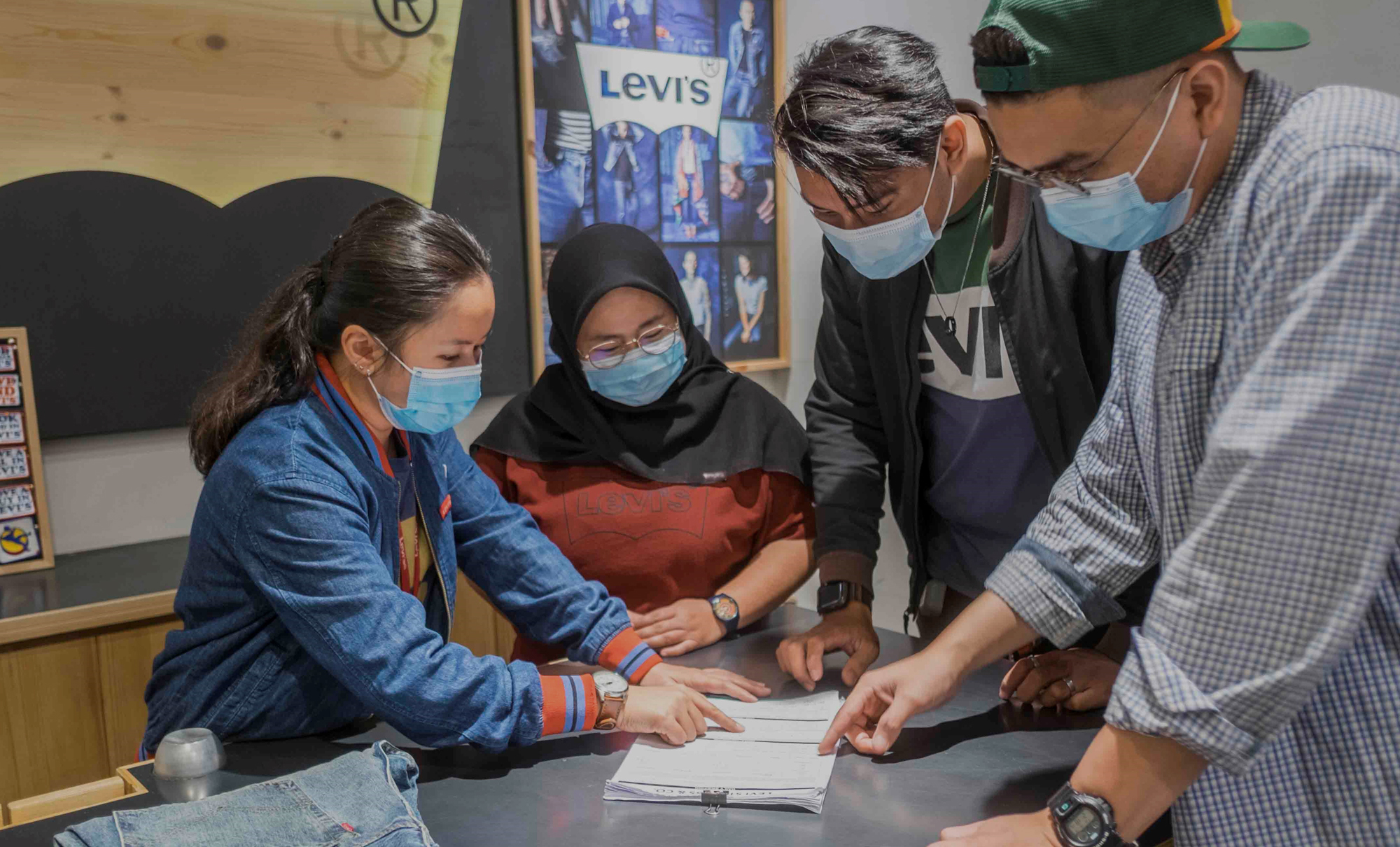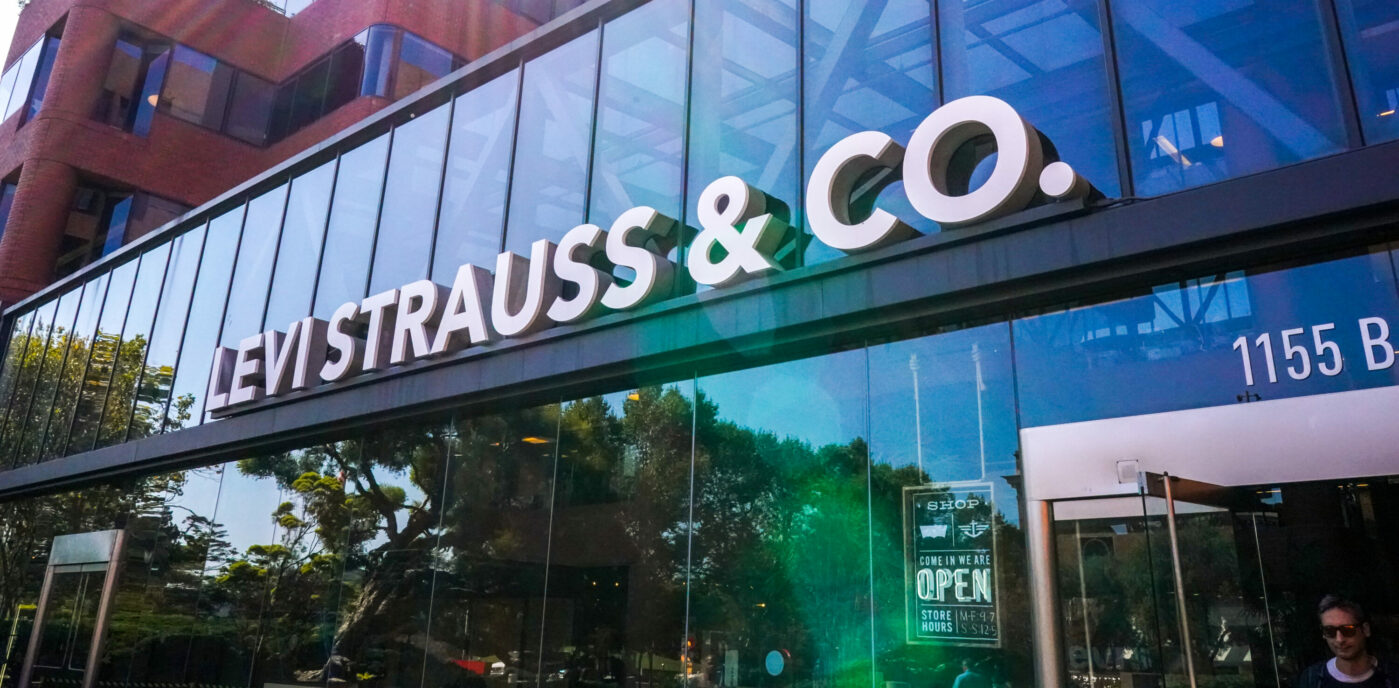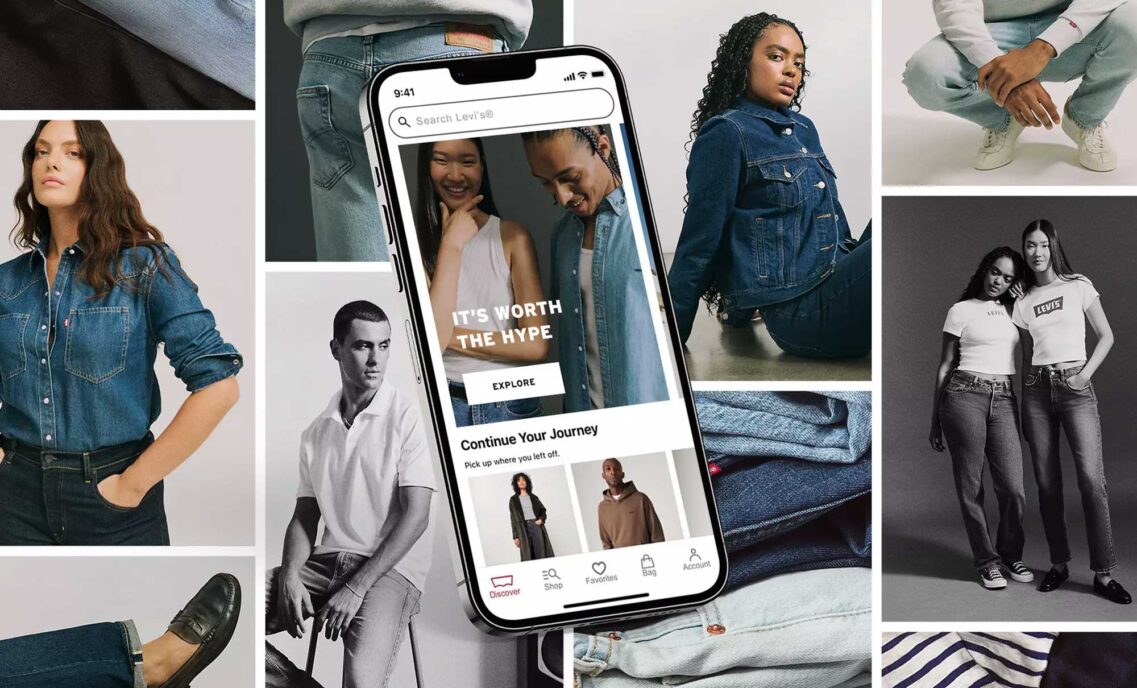As Elizabeth A. Morrison approaches her first 90 days as our Chief Diversity, Inclusion & Belonging officer, we wanted to check in with her to see how she’s settling in, how Levi Strauss & Co. is progressing toward its diversity goals set in June and what’s on the horizon.
Q: How has it been going so far?
It’s hard to believe I’ve been here almost three months! I’ve enjoyed being able to meet so many of my new colleagues virtually, and I look forward to the day when we can connect in person.
Part of what attracted me to LS&Co. were the honest conversations I had with leaders and their understanding that diversity, equity, inclusion and racial justice are some of the most pressing issues we’re facing as a company and a society. Pretty much everyone I talked to acknowledged that we have opportunities for improvement — and that they were committed to tackling these issues head-on. I’ve been connecting with employees across the organization and I’m pleased to say that commitment has been reiterated across all teams, levels and geographies. There’s a lot of passion here to make LS&Co. a more diverse and inclusive company.
Q: How is LS&Co. working toward becoming more diverse and inclusive?
The first step in any journey is to be transparent about where you stand, acknowledge your strengths and weaknesses, and set out a plan to make progress. That’s what LS&Co. did in June with the initial release of representation data. To be clear, LS&Co. has long championed diversity, equity and inclusion, but this was a new stake in the ground and a renewed commitment to making tangible progress.
But the next steps — and there will be many — are just as important. We must track and measure progress, celebrate wins and hold ourselves accountable in places we’ve fallen short, and set new goals along with the pathways for achieving them. It’s an ongoing process, and one that takes tenacity, care and commitment if we want to achieve what we said we would.
Q: Can you share any updates on LS&Co.’s representation data since its initial release?
In June, we said we would provide annual updates on our employee demographics and diversity statistics. We knew at the time that we wouldn’t see broad progress in 2020, given that hiring slowed in response to the pandemic. That proved correct. Overall, our representation data for June through December remained mostly flat, with incremental gains and losses, most less than 2%, as you can see here. In the longer term, we have confidence that the practices we have put in place will help us move the needle in this area, and going forward we will report out on a calendar year basis.
While the numbers didn’t shift markedly, we did make a few key hires that we had committed to in June that will have ripple effects on building our diversity. First, I’m proud to have joined as Chief Diversity, Inclusion & Belonging Officer so I can continue to help champion and advance this important work in partnership with the rest of the company. We also elected Elliott Rodgers to our board and brought on Brandon Stephens as our Head of University & Diversity Recruitment. We are also committed to ensuring that 50% of those interviewed for any LS&Co. job are diverse candidates, and we are making good progress against this and our ability to measure it consistently and globally.
Q: In June, LS&Co. also said it would share an update on its pay equity data following its 2020 study. What’s the latest there?
We have committed to conducting independent pay equity audits every other year, starting in the U.S. Last June, we reported that our 2018 audit hadn’t found significant pay differences. I’m pleased to say that our latest audit, completed in December, had similar results.
As in 2018, we engaged an outside firm to conduct a study across our U.S. non-union population (which includes corporate and retail employees, as well as distribution center management). The study considered job level, performance, experience and other factors such as promotion recency to examine our relative pay practices across gender and ethnicity in each population. The firm found that there were no systemic pay differences across gender and ethnicity.
As we did in 2018, we used this data to identify adjustments that needed to be made as part of the annual performance review process to achieve pay equity across these U.S. groups in FY21. Looking ahead, we are working on a global approach to pay equity audits that is appropriate for countries with smaller employee counts.
Q: What’s next?
Although we’ve made solid progress, there is still much more work to do. I’m currently working with my team on a new global strategy and areas of focus for 2021 and beyond. The strategy builds on and challenges us to amplify our fantastic legacy of advocacy and brand activism while capturing our renewed commitment to focusing on “our insides” and intention to create a company that mirrors our consumers and communities.
One of the key changes you’ll see is our evolution from Diversity, Inclusion and Belonging (DI&B) to Diversity, Equity and Inclusion (DE&I). This is because equity — the idea that everyone gets fair and equal treatment and our systems, policies and processes are unbiased — is foundational to our work. If we want to build a truly diverse and inclusive company, then we need to create an environment where we all have the opportunity to succeed. Don’t worry; belonging still matters! It will just be part of our inclusion agenda going forward.
I look forward to sharing more details on this soon!







